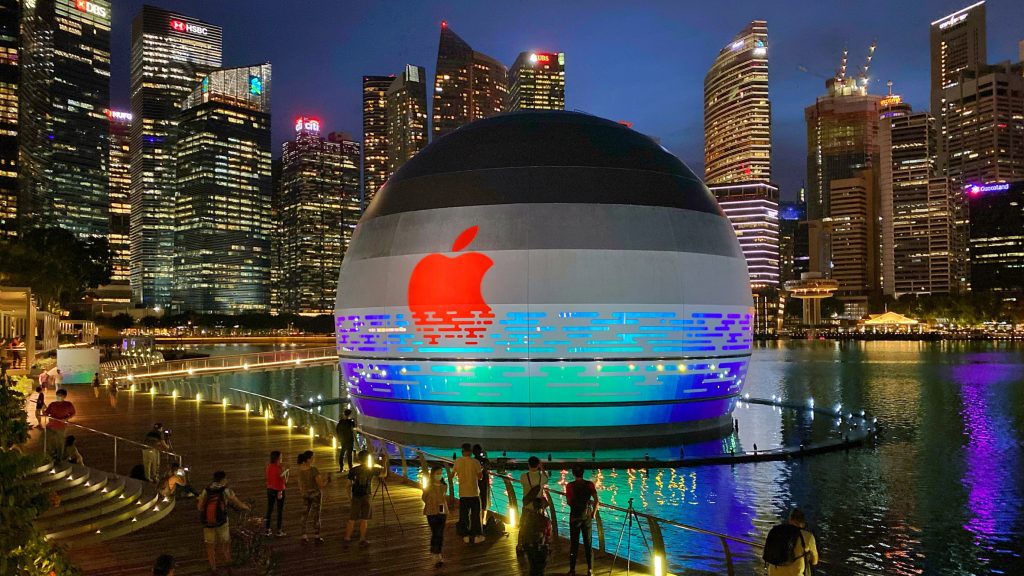Visualizing the Social Media Universe in 2020 — from visualcapitalist.com Aran Ali
Top 200 Tools for Learning — from toptools4learning.com by Jane Hart
Excerpt:
The Top Tools for Learning 2020 was compiled by Jane Hart from the results of the 14th Annual Learning Tools Survey, and released on 1 September 2020. For general information about the survey and this website, visit the About page. For observations and infographics of this year’s list, see Analysis 2020.
Travelers are paying real money to take VR flights to nowhere — from vrscout.com by Bobby Carlton
From DSC:
I’ve heard many people mention that what we did throughout K-16 in the spring of 2020 was remote teaching — an emergency response to the Coronavirus. And I would agree with that assessment and verbiage — that was/is very true. It wasn’t online-based learning as many of us have come to know it over the last 20+ years. It didn’t offer a lot of the things that organizations like the Online Learning Consortium (OLC) and Quality Matters have been trying to promote and get us to achieve for years.
But then I hear the expectation that everything has been vastly improved over the summer and suddenly, almost overnight, all teachers, professors, trainers, adjunct faculty members, etc. have become highly proficient in matters involving online-based teaching and learning. In other words, the expectations say that:
- Students should expect a top-notch experience now that summer is over.
- Suddenly, Rome was built in a day!
But it wasn’t, and it isn’t.
It takes time and practice to become proficient in how to teach online. That’s the truth. It also takes a great deal of time and investments in hardware, software, tools, training/education/professional development, networking and telecommunications infrastructure, and more. It takes numerous skillsets to do it well. (By the way, that’s why I like to think in terms of team-based content creation and delivery.)
Also, often times, it takes MORE time to teach online than it does to teach in a face-to-face classroom. That is certainly the case for the first time that you will be teaching online. You need to know that going into it. You have to put your course together PLUS learn how to deliver it effectively in an online-based format. You need to learn a variety of tools and related ecosystems. Not a simple, overnight kind of task, I can assure you.
So students, don’t expect your faculty members to become professional online-based teachers overnight. Again, it takes time and practice…just like anything we set out to do.
And for you student teachers and Education Departments/Programs out there, keep at it. Don’t dismiss this time as a brief period/phenomenon that will simply go away and we’ll get back to “normal.” Make the necessary adjustments to your curriculum, toolsets, “teacher placements,” and more. Let’s get prepared for the future, come what may.
For higher ed, if you want to continue to use adjunct faculty members to handle a significant amount of the teaching load out there, you will need to better address the training and the $$/reimbursements that you provide to them.
And for all of the teachers, trainers, faculty members — and now even parents and/or guardians — out there, cut yourself some slack, give yourself some grace, and keep trying. One step at a time. Don’t get discouraged.
Also relevant/see:
Build and accelerate beyond the pandemic: Consciously deliver a great online experience for lifelong learners — from evoLLLution.com by Philip Regier
Excerpt:
Today’s learners have high expectations as expert consumers in all aspects of their lives. Higher education needs to create an infrastructure that meets the needs of this tech-savvy demographic. Institutions need to recognize that the online environment is here to stay and is in need of a rebuild in order to deliver the best student experience possible, even post-pandemic. In this interview, Phil Regier discusses the today’s learners’ expectations, scaling a high-quality online environment, and how to build the right infrastructure to support learners in this new and digitized normal.
Google achieves first quantum simulation of a chemical reaction — from interestingengineering.com by Loukia Papadopoulos
Excerpt:
Now, researchers at Google have taken a step forward in quantum computing practicality by using one such computer to simulate a chemical reaction, albeit a simple one, reported New Scientist. The company used its Sycamore computer to achieve this lofty task.
Also see:
This Taiwanese Lecturer Draws Stunning Anatomical Drawings on the Chalkboard — from interestingengineering.com by Utku Kucukduner
His paintings are temporary, just like the mortal flesh we bear.
“The depth of their nightmare resonates deeply in me now. This column honors their struggle and commemorates their spirit. May we never forget that behind every coronavirus statistic there is unquantifiable human suffering.” #coronavirus #health https://t.co/CnZHpMJm8u
— Daniel Christian (@dchristian5) August 19, 2020
The novel coronavirus is not a statistic. It’s not an agenda. It’s not a debate. COVID-19 is real enough to rise up and beat me senseless. We need to stop giving it license to do the same to others.
From DSC:
The article below got me to thinking about designing learning experiences and what our learning experiences might be like in the future — especially after we start pouring much more of our innovative thinking, creativity, funding, entrepreneurship, and new R&D into technology-supported/enabled learning experiences.
LMS vs. LXP: How and why they are different — from blog.commlabindia.com by Payal Dixit
LXPs are a rising trend in the L&D market. But will they replace LMSs soon? What do they offer more than an LMS? Learn more about LMS vs. LXP in this blog.
Excerpt (emphasis DSC):
Building on the foundation of the LMS, the LXP curates and aggregates content, creates learning paths, and provides personalized learning resources.
Here are some of the key capabilities of LXPs. They:
- Offer content in a Netflix-like interface, with suggestions and AI recommendations
- Can host any form of content – blogs, videos, eLearning courses, and audio podcasts to name a few
- Offer automated learning paths that lead to logical outcomes
- Support true uncensored social learning opportunities
So, this is about the LXP and what it offers; let’s now delve into the characteristics that differentiate it from the good old LMS.
From DSC:
Entities throughout the learning spectrum are going through many changes right now (i.e., people and organizations throughout K-12, higher education, vocational schools, and corporate training/L&D). If the first round of the Coronavirus continues to impact us, and then a second round comes later this year/early next year, I can easily see massive investments and interest in learning-related innovations. It will be in too many peoples’ and organizations’ interests not to.
I highlighted the bulleted points above because they are some of the components/features of the Learning from the Living [Class] Room vision that I’ve been working on.
Below are some technologies, visuals, and ideas to supplement my reflections. They might stir the imagination of someone out there who, like me, desires to make a contribution — and who wants to make learning more accessible, personalized, fun, and engaging. Hopefully, future generations will be able to have more choice, more control over their learning — throughout their lifetimes — as they pursue their passions.
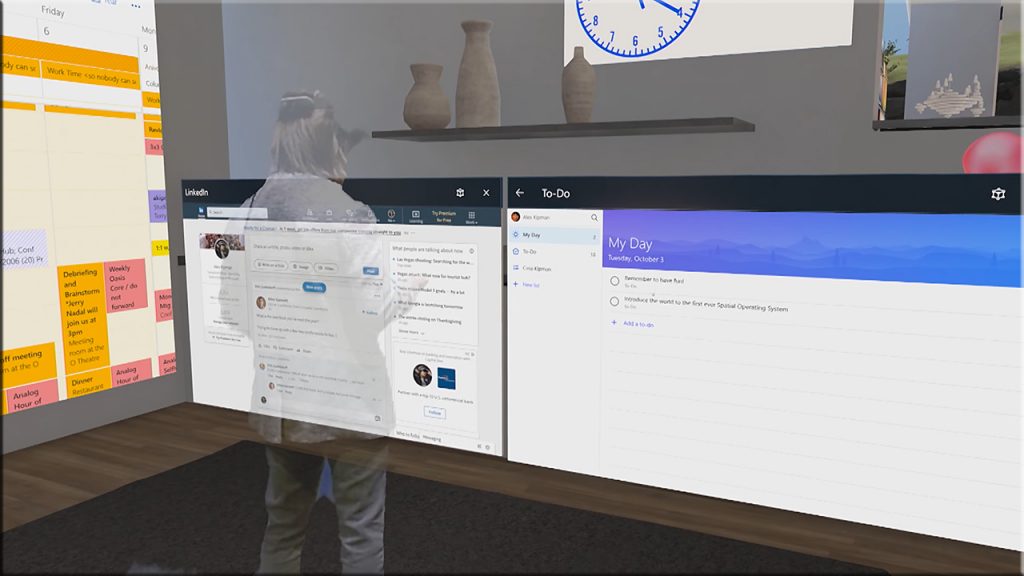


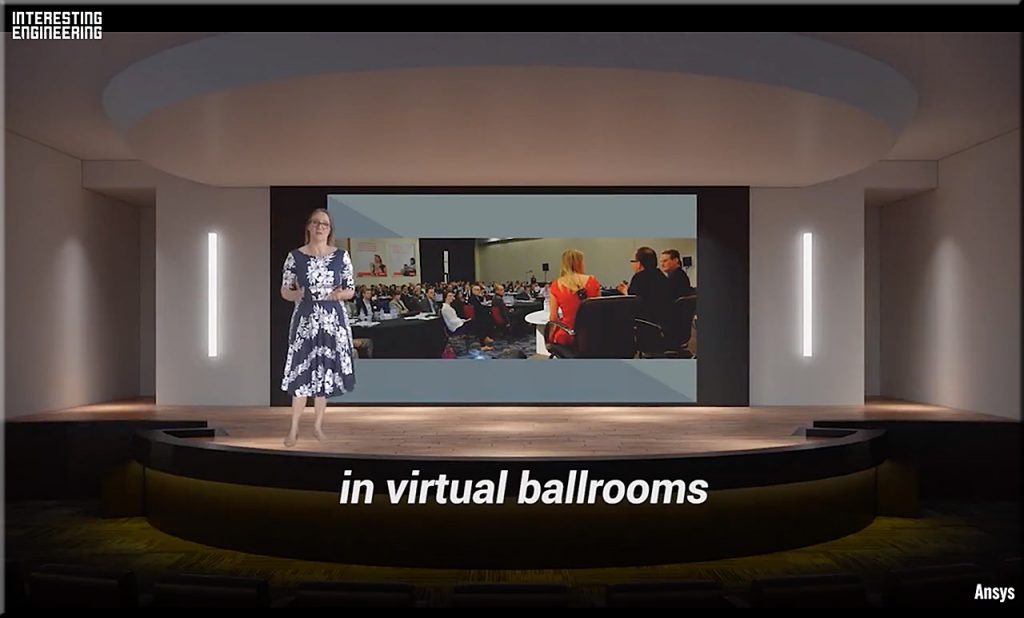
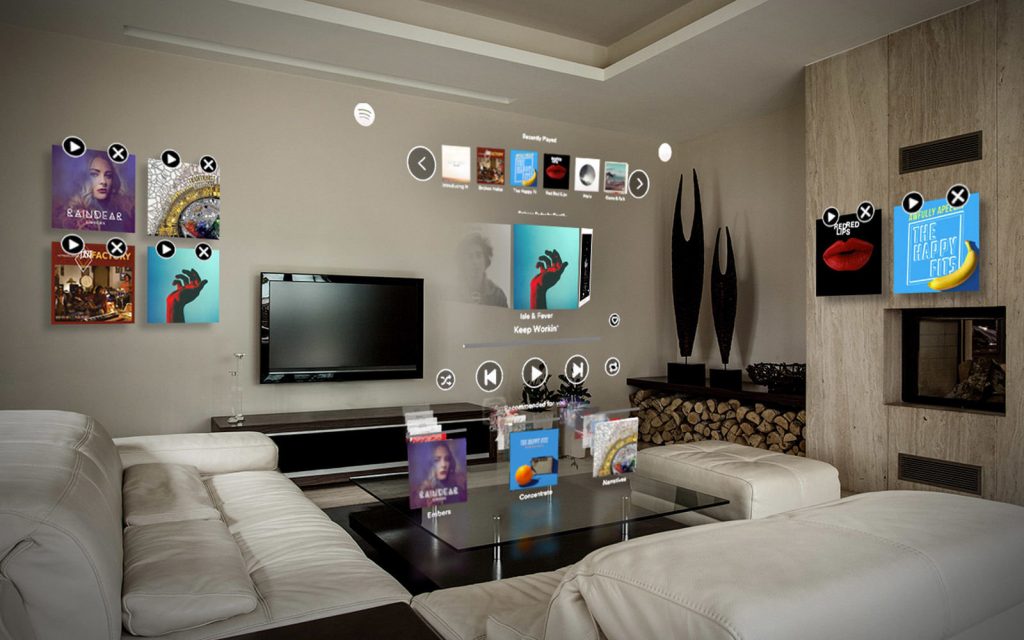


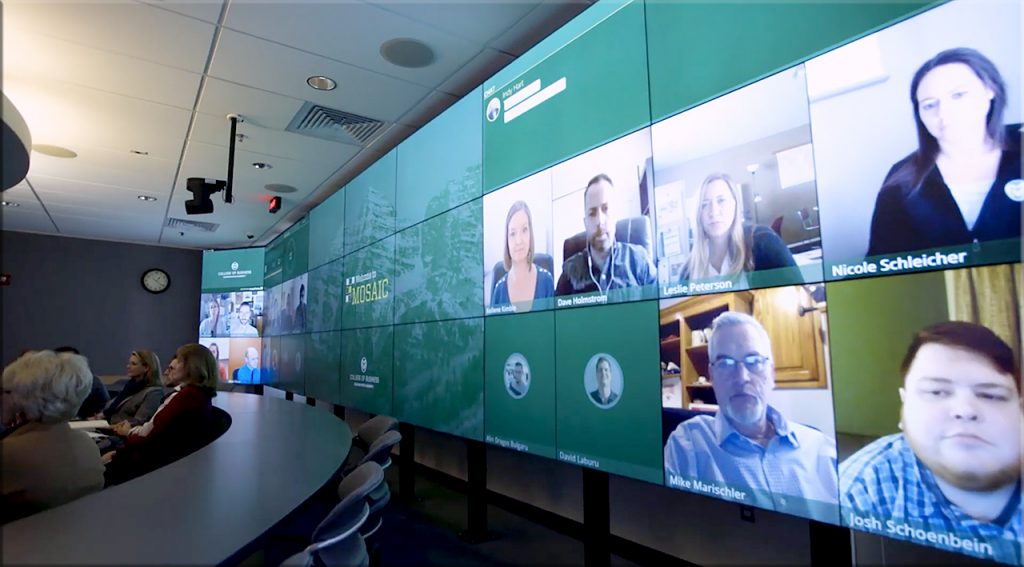



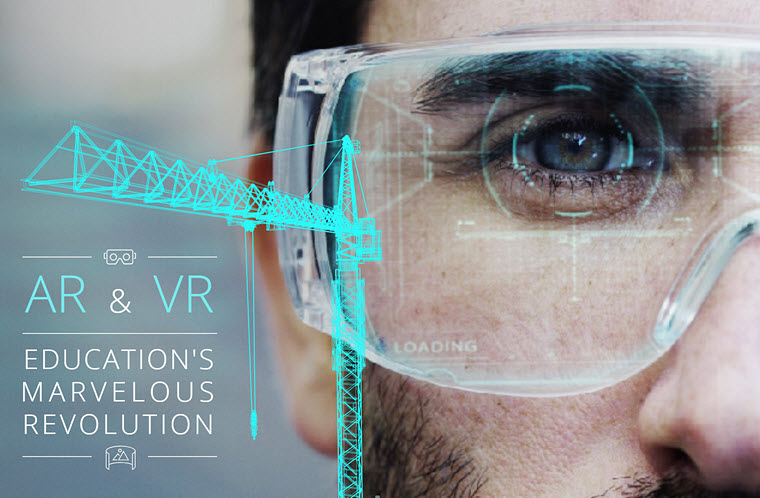
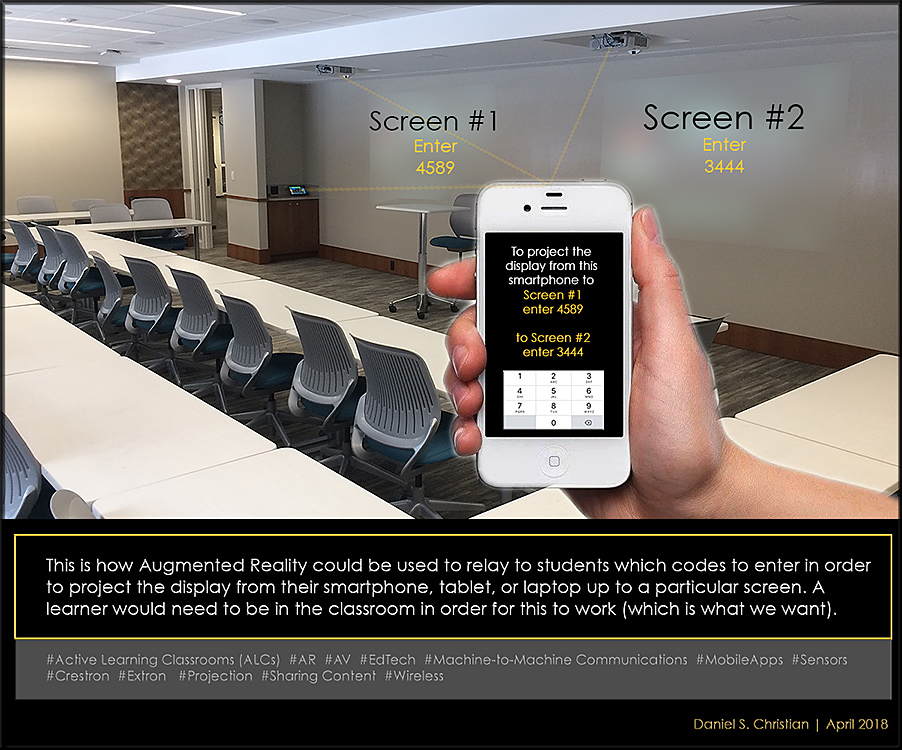
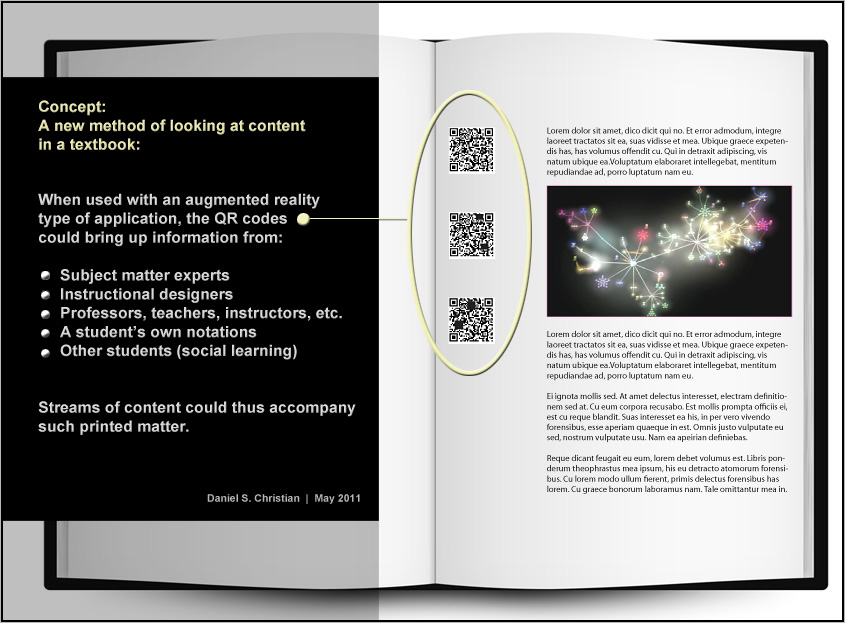







19 Remarkable Higher Education Statistics [Curated in 2020] — from markinstyle.co.uk by Anastasija Dojchinovska; with thanks to Karthik Reddy for this resource
Excerpts:
- Fascinating Higher Education Facts (Editor’s Choice)
- International Education Statistics
- Higher Education Statistics Europe
- US Higher Education Statistics
- UK Higher Education Statistics
- Diversity in Higher Education Statistics
- People Also Ask
- Wrapping up
Also see:
15+ Exciting Elearning Statistics [Lessons for 2020] — from markinstyle.co.uk by Anastasija Dojchinovska; with thanks to Karthik Reddy for this resource
Excerpts:
From DSC:
I can’t help but reflect on how slippery the slope is when we start talking about using drones — especially as sponsored and used by governments, including our government here in the U.S. Consider the following from The Future Institute.
Excerpt:
Eyes in the sky
As nationwide racial justice protests continue, some journalists and protestors have noticed a new addition to the armed police officers and National Guard troops: a drone flying a hexagon-shaped route 20,000 feet above the streets in Minneapolis. The drone, flown by U.S. Customs and Border Protection, is called a Predator, and is a piece of military technology used for identifying and targeting terrorists overseas. Lately, it’s become a more common sight domestically.
Last month, a number of New Yorkers witnessed a drone floating above them, barking orders to follow social distancing guidelines. The mysterious drone wasn’t official police equipment, but rather a privately owned device piloted by a man named Xavier Arthur in Queens, who was frustrated that people weren’t following stay-at-home orders. He claimed to represent the “Anti-Covid-19 Volunteer Drone Task Force.
It’s not an isolated incident. During the outbreak, drones have been used extensively to monitor residents and encourage them to stay indoors, to inspect traffic stops and hospitals, and to spray cities with disinfectants. In Paris and Mumbai, they’re patrolling social distancing violators. In China, a video clip went viral, showing a drone breaking up a mahjong game—residents had defied local orders that they stay indoors. Drones with infrared cameras also allegedly flew overhead and checked for people with fevers.
Advanced drones can pinpoint certain behaviors in crowds from high altitudes, recognize and automatically follow targets, and communicate with each other or to command centers on the ground with remarkable precision and low latency. The pandemic and protests are playing to the strengths of an emerging real-time aerial surveillance ecosystem.
3 Things You Should Know
- The Flying Internet of Things is taking off.
- New drones can self-destruct.
- Shareable drones may drive growth in the industry.
Dawn of the Age of Digital Learning — from medium.com by Michael Moe and Vignesh Rajendran
An Acceleration of Trends That Have Been Building for Years
Excerpts:
Some of these new online learners will sink. Some will crawl out of the pool and never go back in. But we believe most will get the hang of it, like it, and will no longer be confined to the shore. Effectively, the genie is not going back in the bottle… digital learning has come of age. We have a B.C. (Before Coronavirus) world transitioning to A.D. (After Disease).
…
The Coronavirus has brought forth the Dawn of the Age of Digital Learning — a time for builders to create the platforms, tools, and technology to propel society forward.
From DSC:
So many of the things in this article reminded me of the things, developments, trends, needs, and possibilities that I have been tracking for years in this vision of a next-generation, global learning platform that I have entitled:
My guess is that the large, primarily online institutions/organizations will come out of this ordeal in much better shape than the majority of the traditional institutions of higher education. It won’t matter what faculty members at liberal arts institutions think about online learning. And as much as some faculty members won’t like to see or hear about it, students will no longer need for such faculty members to be sold on it. Students will come to realize that it was under those faculty members watch that their own enormous gorillas of debt were created. And they are beginning to witness and hear that it’s taking (or will take) older family members decades to pay down their debt.
So, I think that the market will decide the fate of many traditional institutions of higher education. Lifelong learners will vote with their feet — and fingers actually, by typing in a new URL — and simply move to the SNHU’s, ASU’s, UMass Online’s, WGU’s, and Liberty University’s of the world. After 5-10 years of investments in online learning, there will likely be some pretty amazing learning experiences out there.
379 Innovations Added to Law Firm Innovation Catalog Version 1.03 — from legaltechlever.com by Daniel Linna

From DSC:
As the ripples move outward from this time of the Coronavirus, we need to be very careful with #EmergingTechnologies. For example, where might the use of (police dept) drones equipped with #AI & #FacialRecognition flying overhead take us? What if you’re of the “wrong religion” in a country? Hmm…
Social Distancing Enforcement Drones Arrive in the U.S. — from nymag.com by Adam Raymond
Excerpts:
In late January, a viral video from China showed people who’d wandered outside in the early days of the coronavirus outbreak getting scolded by a disembodied voice from a drone flying overhead. Last month, similar campaigns began in France, where locals flouting travel restrictions were gently reminded to “respectez les distances de sécurité s’il vous plaît.”
Now, self-righteous flying robots have made their way to the U.S., with at least two American police departments deploying drones to tell people to disperse, go home, and stay there.
“These drones will be around the City with an automated message from the Mayor telling you to STOP gathering, disperse and go home,” the police department wrote on Facebook. “Summonses HAVE AND WILL CONTINUE to be issued to those found in violation. Fines are up to $1000. You have been advised.”
35+ initiatives to get more women into cybersecurity — from comparitech.com by Andra Zaharia; with thanks to Karen Reinhart for this resource
With a gender imbalance in the cybersecurity field, there are lots of initiatives that aim to get women more involved. We discuss the cybersecurity gender gap and reveal more than 35 initiatives that are helping to close it.
Excerpts:
Aside from that, there are other benefits to gender-balanced infosec teams including:
- Helping to bring different perspectives to the table
- Changing the status quo to improve internal and external perceptions
- Providing learning and growth opportunities
While the gender divide in cybersecurity is clear, thankfully many women (and men) in the industry recognize the issue and are taking steps to close the gap. From the US to Ukraine, a plethora of initiatives across the globe help to attract girls and women to careers in cybersecurity and assist those already in the field.
Below is a list of some of the best initiatives I’ve discovered, including information about who each initiative serves and how to get involved. You’ll also find advice from representatives of some of the organizations aimed at helping women who are starting out in their cybersecurity careers.
From DSC:
I’d like to thank Mr. Eric Osterberg — a fraternity brother and friend of mine — for sending me the following article. I wrote back to him. After thanking Eric for the article, I said:
Such an article makes me reflect on things — which is always a good thing for me to try to see my blindspots and/or to think about the good and bad of things. Technologies are becoming more powerful and integrated into our lives — for better at times and for worse at other times.
I’m wondering how the legal realm can assist and/or help create a positive future for societies throughout the globe…any thoughts?
Can computers ever replace the classroom? — from theguardian.com by Alex Beard
With 850 million children worldwide shut out of schools, tech evangelists claim now is the time for AI education. But as the technology’s power grows, so too do the dangers that come with it.
Excerpts:
But it’s in China, where President Xi Jinping has called for the nation to lead the world in AI innovation by 2030, that the fastest progress is being made. In 2018 alone, Li told me, 60 new AI companies entered China’s private education market. Squirrel AI is part of this new generation of education start-ups. The company has already enrolled 2 million student users, opened 2,600 learning centres in 700 cities across China, and raised $150m from investors.
…
The supposed AI education revolution is not here yet, and it is likely that the majority of projects will collapse under the weight of their own hype.
The point, in short, is that AI doesn’t have to match the general intelligence of humans to be useful – or indeed powerful. This is both the promise of AI, and the danger it poses.
It was a reminder that Squirrel AI’s platform, like those of its competitors worldwide, doesn’t have to be better than the best human teachers – to improve people’s lives, it just needs to be good enough, at the right price, to supplement what we’ve got. The problem is that it is hard to see technology companies stopping there. For better and worse, their ambitions are bigger. “We could make a lot of geniuses,” Li told me.













